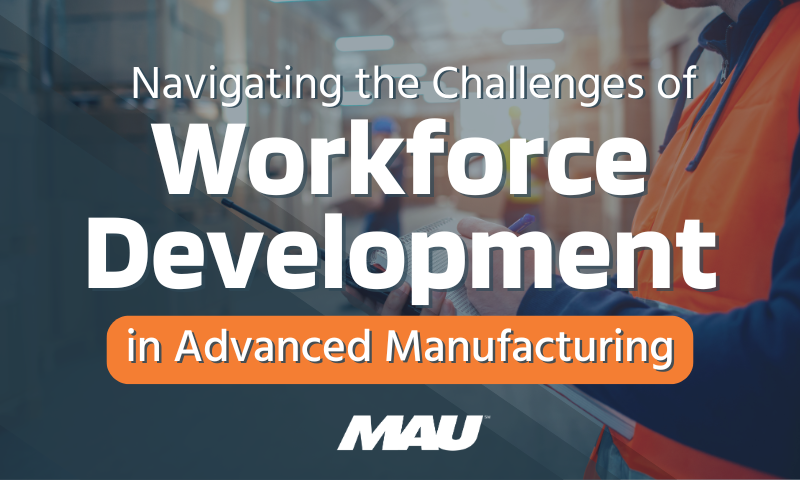“Put there!” was the first and only instruction I received working at my first temporary job: making caramel popcorn on the night shift in a candy factory. My only co-worker was a shy, giant-sized Tongan fellow who spoke very little English. He (I don’t remember his name) was also my trainer on whom I depended to teach me to safely do my job in an environment surrounded by hazards: poor lighting, slick floors, clutter everywhere and sticky-hot, molten caramel boiling in a huge, heavy caldron. It was our job to team lift this caldron into a mixing machine that combined all the other ingredients together; hence the instruction, “put there.” This did not seem like a safe task and I was really nervous about the apparent danger. Not sensing my trepidation, my trainer impatiently gestured in my direction and urged me to proceed with the lift. We quickly grabbed that caldron, lifted, tipped and poured the hot molten caramel into the machine.
Most, if not all people I talk to agree whole-heartedly training to do a job safely is important. It’s a no brainer – safety training is the right thing to do! In fact, most companies with whom I associate devote valuable resources and spend loads of time preparing and conducting safety training for their new employees, all in the name of making sure people don’t get hurt on the job. Again, thorough safety training is the right thing to do! So then, it baffles me that some organizations skimp on that same safety training when it comes to onboarding temps into their organization. OSHA doesn’t like it, and frankly, I agree with them.
Fed up with recent reports of temporary employees being killed on the job within their first days/weeks of employment, OSHA introduced their temporary worker initiative in 2014. If you’ve had your ear to the ground, most likely you’ve heard about OSHA’s Temporary Initiative. This initiative is intended to send the message that OSHA will hold host employers and staffing companies accountable for making sure temporary employees are adequately trained to safely do their jobs. Sounds intuitive, right? Well, it’s important to pay close attention to the details of this initiative to insure you are compliant. Here are some highlights of OSHA’s initiative:
Host Employers: When it comes to safety training, treat the temporary employees just like your own. This means devote the same resources to the temps that you would to training your own employees. Document this training and catalogue the records; OSHA may ask to see them some day.
Staffing Companies: Before you send someone to work at a host employer, make sure the work environment and jobs are safe for the people you employ. Ensure the host employer provides training.
Jointly (Host and Staffing Company): Contractually agree and spell out who will be responsible for providing safety training. Determine how to work together to prepare the temporary workers to safely carry out their assignments.
Finally, I urge Host Employers and Staffing Companies to investigate and thoroughly understand OSHA’s policies and practices for protecting temporary workers and other related guidelines. OSHA.gov has links to the web pages devoted to providing instructions for protecting temporary workers. Find, study and understand these details on OSHA’s website.
In the month I worked at the candy factory, my Tongan friend and I spoke very little to one another. However, I learned how to do the job by copying and watching him. He didn’t always do things the safe way, mind you. Thankfully, I survived that job uninjured. Looking back 22 years ago, I learned a great deal and I’m thankful for the work. On the other hand, as a safety professional today, I squirm with disgust and cringe with anger that that organization hired a 19 year old kid (me) and carelessly put me in a dangerous environment with no training and very little supervision. I could have been seriously injured or killed – I was extremely lucky. No joke!
Folks, if the way you train and on-board temporary labor differs from the way you train and on-board your full-time staff, please determine if you are skimping safety training for the temporary employees. Workplace dangers and job hazards do not discriminate between full-time and temporaries. These dangers and hazards will afflict both types of employees equally if they are left untrained as to how to identify the risk and to protect themselves. Let us fully commit to doing all we can to protect both types of employees by providing outstanding safety training.
Live Safety.
For more information on MAU’s focus on safety, click here.
{{cta(’32ed93d0-9940-46e5-a86a-e8dd7ddf527a’,’justifycenter’)}}




